Your school’s brand promise stands as its beacon, guiding and attracting families. But what happens when these promises are unclear, unfulfilled, or worse, not made at all? Discover the lessons from a school that got it wrong — and paid the ultimate price.
Your school’s brand promise is more than just a tagline; it’s a covenant with your community. When a school crafts a brand promise, it’s not merely setting expectations but also shaping perceptions and experiences. When your brand promise is unclear, unmet or absent, it can materially impact the viability of your school.
A real-world case story
US based consultant Jill Goodman peeled back the layers of a textbook example of a school that lost sight of its brand promise and whose story resonates with universal lessons. Established in 1913, this school was once a beacon of progressive education, cherished for its nurturing approach, especially towards students struggling in traditional settings. However, as it sought greater recognition in the increasingly competitive private school landscape, the school embarked on a journey to shed its reputation for being a school of last resort — renaming in the 1970s and relocating in the 1990s — in the hope of attracting more enrolments.
But these changes, aimed at elevating the school’s status, ignored the niche they filled in the educational landscape of that city. The school, once celebrated for its unique educational approach, found itself caught in a whirlpool of identity crisis and operational missteps. Key strategic decisions intended to increase enrolment — like using reserve funds to increase enrolment discounts and a hefty loan for new buildings — were made without a deep understanding of the school’s customer base or a clear commitment to its unadvertised, yet foundational promises.
By 2005, several schools in the area created programs to meet the needs of students with learning differences, and yet fear and shame kept our case study school from embracing their core brand and building on their program to meet new pedagogy. The school faced critical attrition, dwindling to two-thirds its size from its peak in 2000. The financial strain became untenable; reserves depleted, legal battles with parents were lost, and in the wake of the 2007–2008 Global Financial Crisis, crippling debts led to a failure in payroll and operational sustainability. The school, unable to uphold its brand promise or navigate through the challenges, closed its doors in 2009 — an unnecessary end to a once-thriving educational oasis.
Why your brand promise matters
Brand promises are like a contract between a school and its community and can encompass your school’s ethos, values and the educational experience it pledges to deliver. A brand promise is not just about what is explicitly stated in marketing materials; it’s the sum total of expectations created by every interaction and every piece of communication from the school.
Your brand promise does not need to be a public statement or carefully wordsmithed. It should be succinct so that it provides clarity for your team. It’s not your tagline, but it is quite possible that your tagline reflects your brand promise. Its sole purpose is to align the efforts of all your staff — including your communications and marketing team — and to keep your school on brand and on mission.
When fulfilled, it helps solidify the school’s reputation and cements its place in the educational community. However, when these promises are vague, unfulfilled or inconsistent with the school’s actions and communications, it can lead to a disconnect that compromises the school’s brand integrity and trustworthiness. In Goodman’s case story, the school began trying to emulate their competition rather than looking at who was buying their program and what need the school filled for them, therefore they drifted from delivering on their promise. In time, a competitor school started nearby that did deliver on the same brand promise and won enrolments. It delivered what it promised.
Traps to avoid
One significant trap is the ambiguity of your brand promise. A school’s promise that is not clearly defined or is too broad can lead to misunderstandings and unmet expectations. As Goodman observed from her case story, understanding and actively managing the school’s reputation is crucial, as any inconsistency can weaken the brand.
Another critical pitfall is the failure to deliver on promises made. When a school’s actual offerings and experiences fall short of what was pledged, it not only disappoints but also erodes trust. This situation is particularly precarious when schools undergo changes, such as rebranding or strategic shifts, without fully considering or communicating how these changes align with their established promises.
What’s more, a misalignment between a school’s brand promise and its capabilities or identity can create an authenticity gap. A promise that does not reflect the true nature or strengths of a school is unsustainable and can lead to a credibility crisis. This misalignment is often seen when schools attempt to mirror the offerings of competitors without considering their unique context and strengths.
To avoid these pitfalls, school Heads should engage in continuous and honest evaluation of their brand promises. In a practical sense, at least once a year, put aside some time with your leadership team to ask three questions:
- Are we clear on our brand promise?
- How well does our school’s brand promise align with our actions?
- What are the gaps to bridge, perceptions to shift or commitments to renew?
The journey of a school’s success is intricately tied to the strength and clarity of its brand promise. As Heads and leaders of marketing at your school, you hold the crucial responsibility of making and keeping your brand promise. It’s not just a statement of intent, but a reflection of your school’s heart and soul. Let it be clear, let it be true and let it guide your school towards a future crowded with success.







